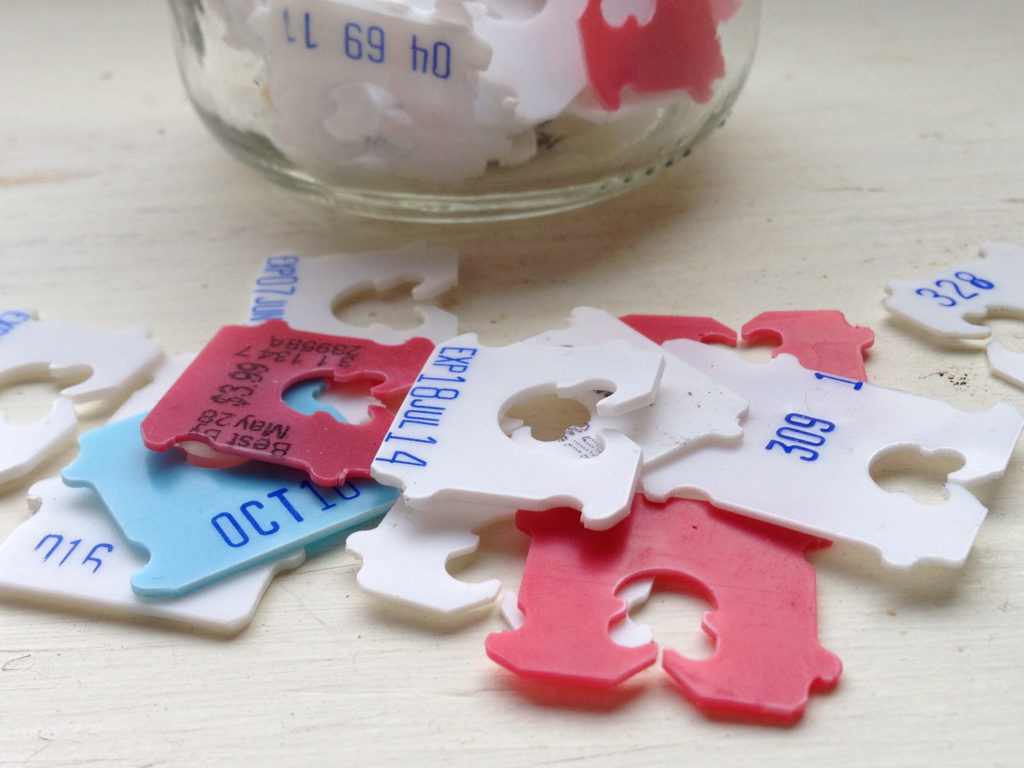
By some estimates, Americans waste as much as 40% of food that is produced. None of the reasons are anything to be proud of, but one of the most frustrating is the confusing array of food date labels that are supposed to tell us whether the food we purchased should be eaten.
Food packaging uses all sorts of terms to imply freshness or wholesomeness. Some products are stamped with “best by” a certain date; others say “use by” that date or “best before” or “sell by” or even “for wholesome great taste, serve before the date stamped below”.
The problem is that there is no standardization of these terms and no specific meaning associated with them. After the date on the package, is the food dangerous to eat or is it just not quite at its peak of taste or texture? And how are we supposed to know? As a result of this murky situation, many if not most of us just toss out perfectly good food because it passed its magic date.
The Department of Agriculture and the EPA have announced a nationwide food waste reduction goal of 50% by 2030. To help accomplish this goal, there is legislation proposed on Capitol Hill to create standard date labeling on food. One bill would require two dates to be stamped on all food products. A quality date set by the manufacturer would suggest when the quality of the food would start to decline. A safety date would make it clear when the food would pose a health risk.
Until we have such standards, it is worthwhile to do some homework and find out what the food labels we have today really mean.
**********
Web Links
The U.S. Food Industry is Moving Forward on Date Labels and Food Waste
Photo, posted February 2, 2014, courtesy of Kate Ter Haar via Flickr.
‘Use-by Labels’ from Earth Wise is a production of WAMC Northeast Public Radio.